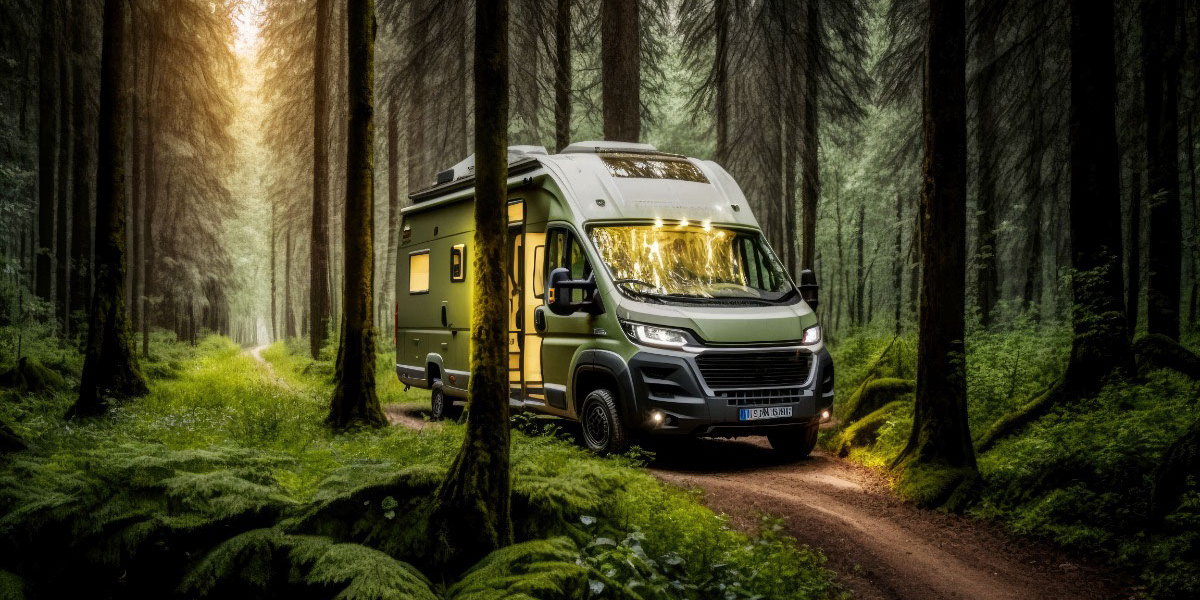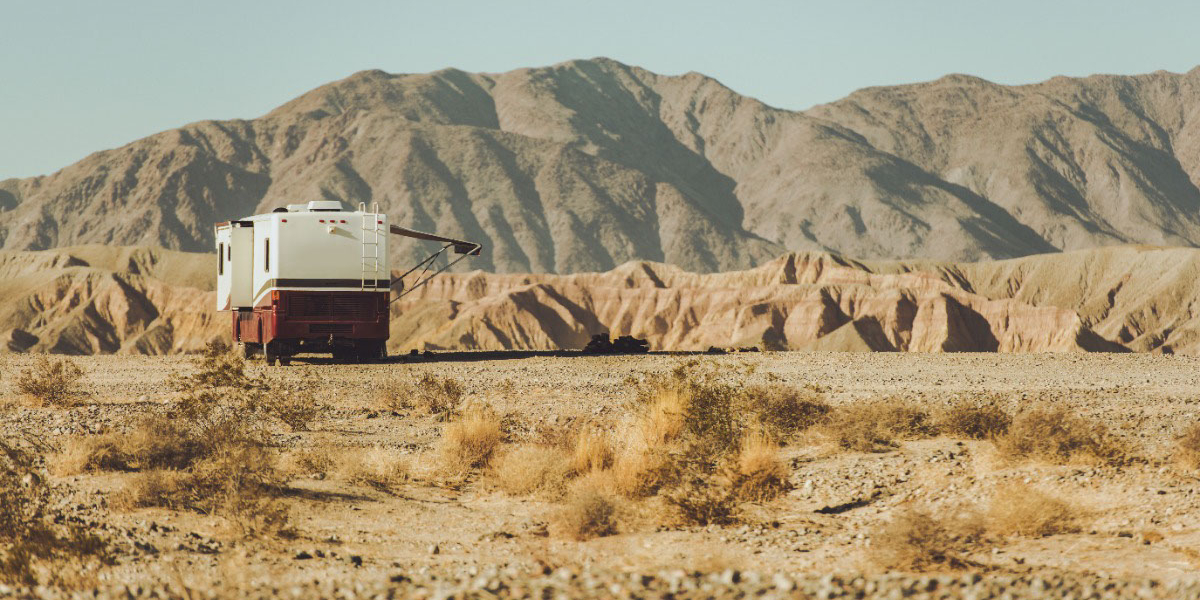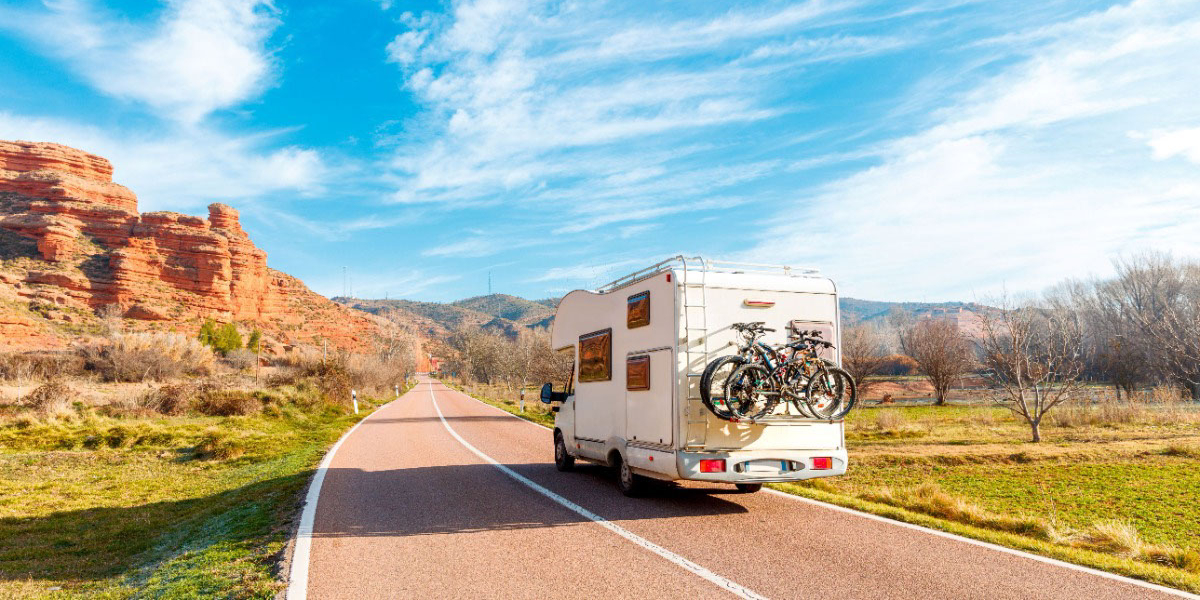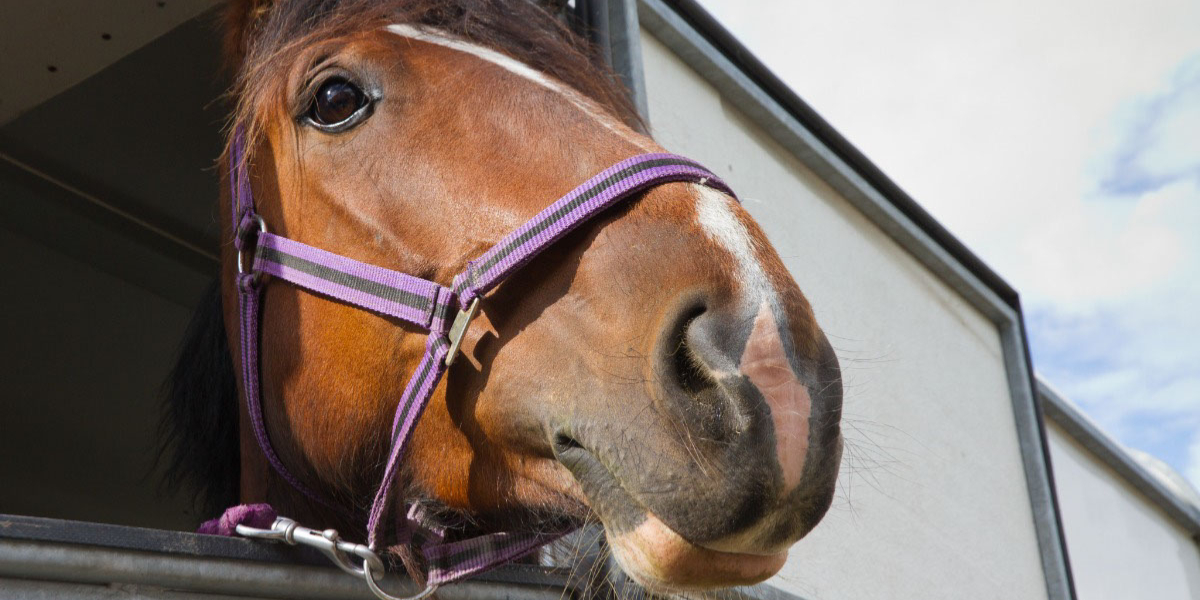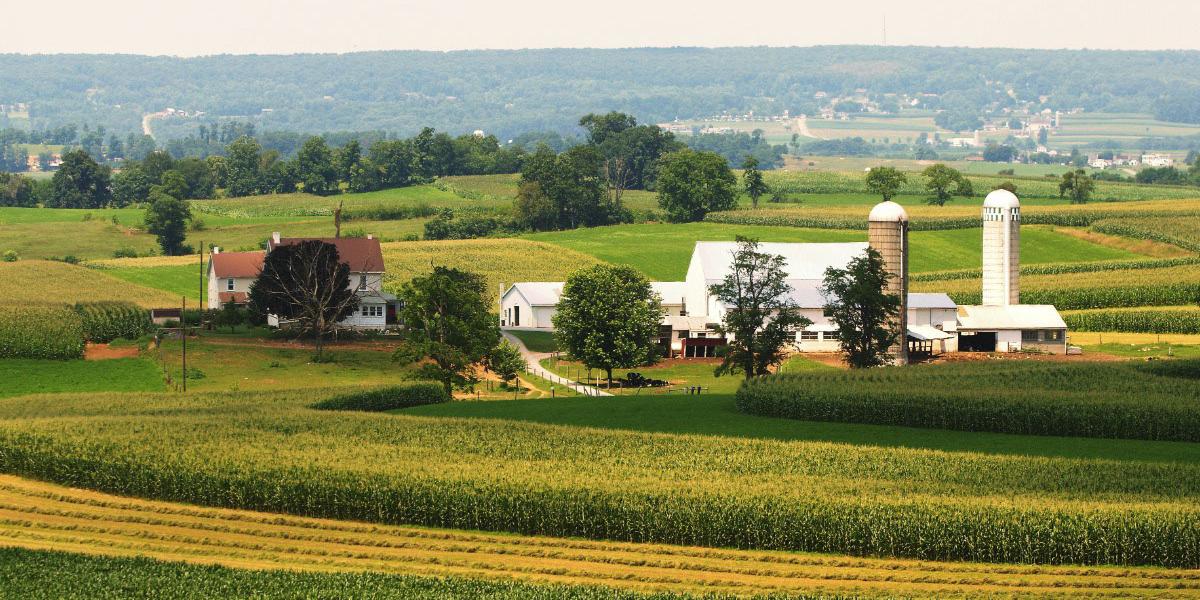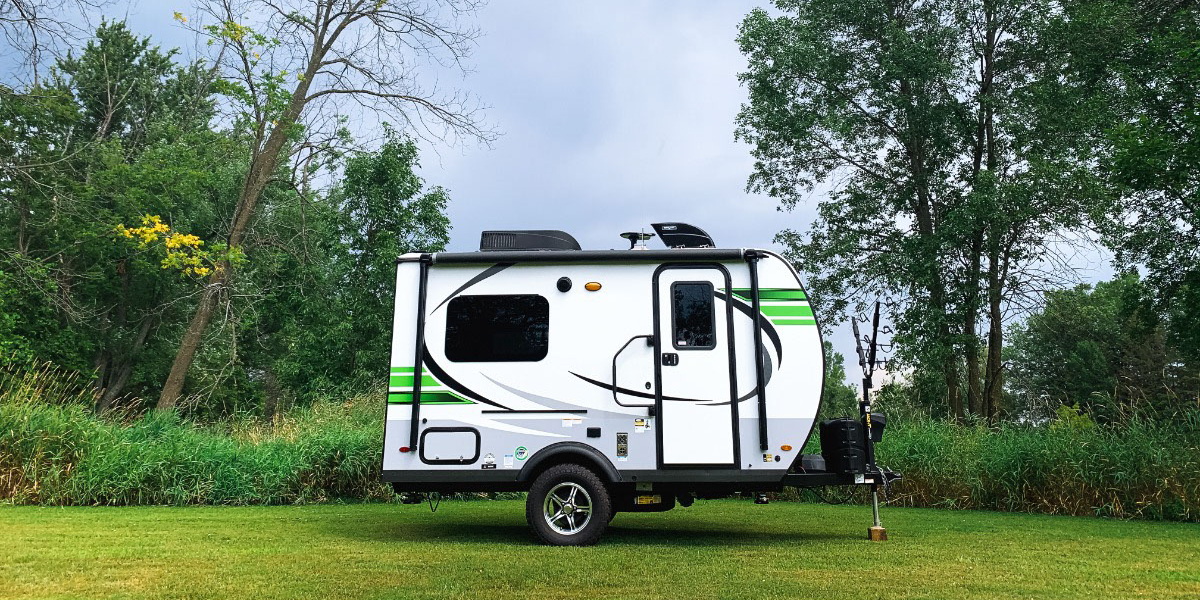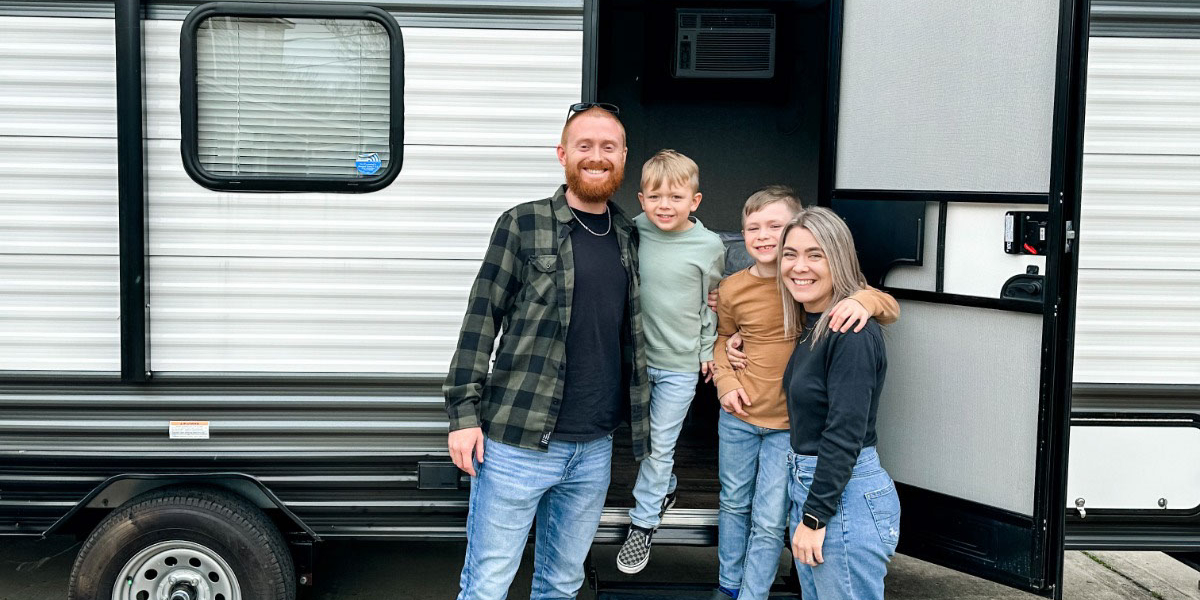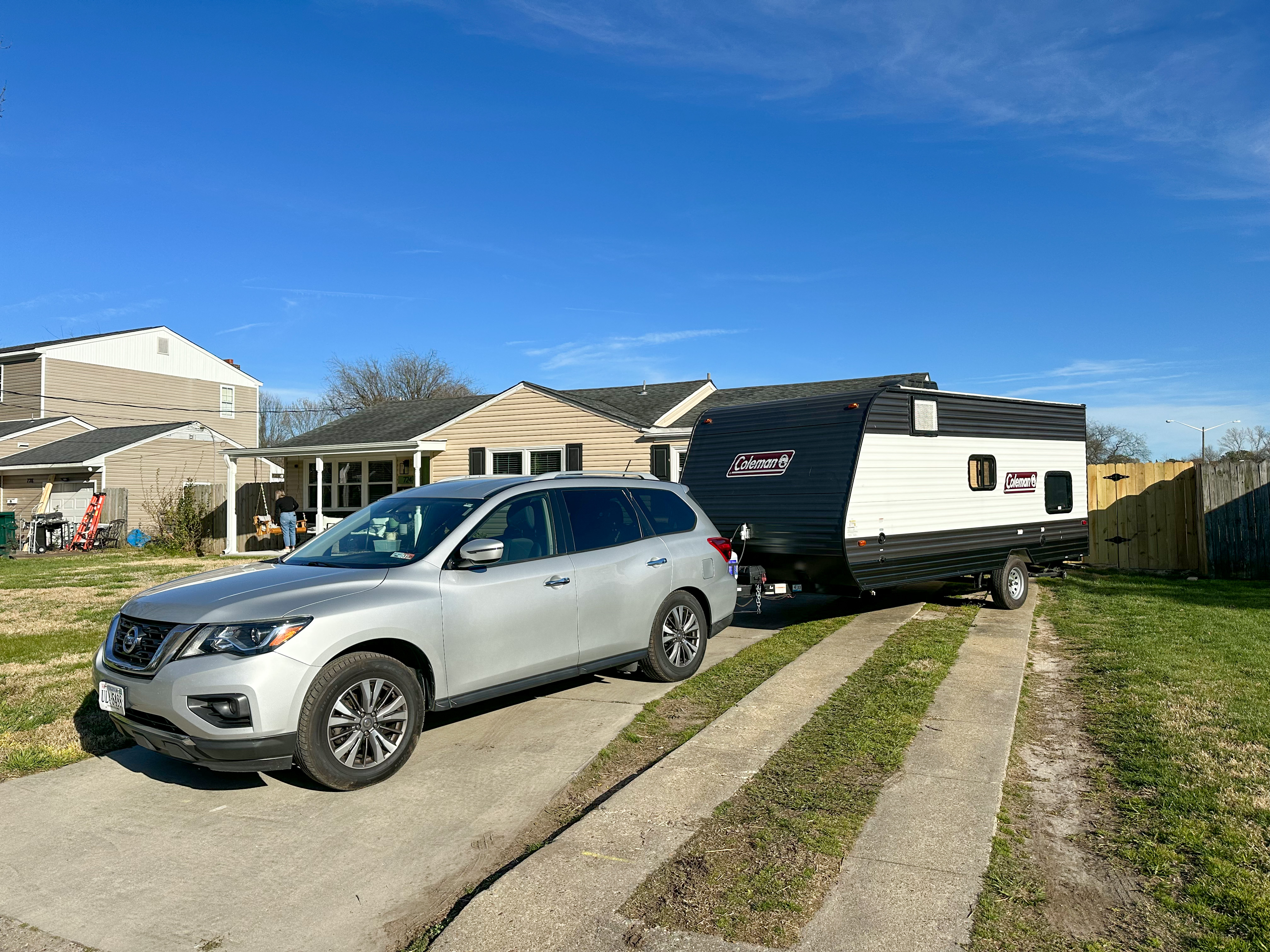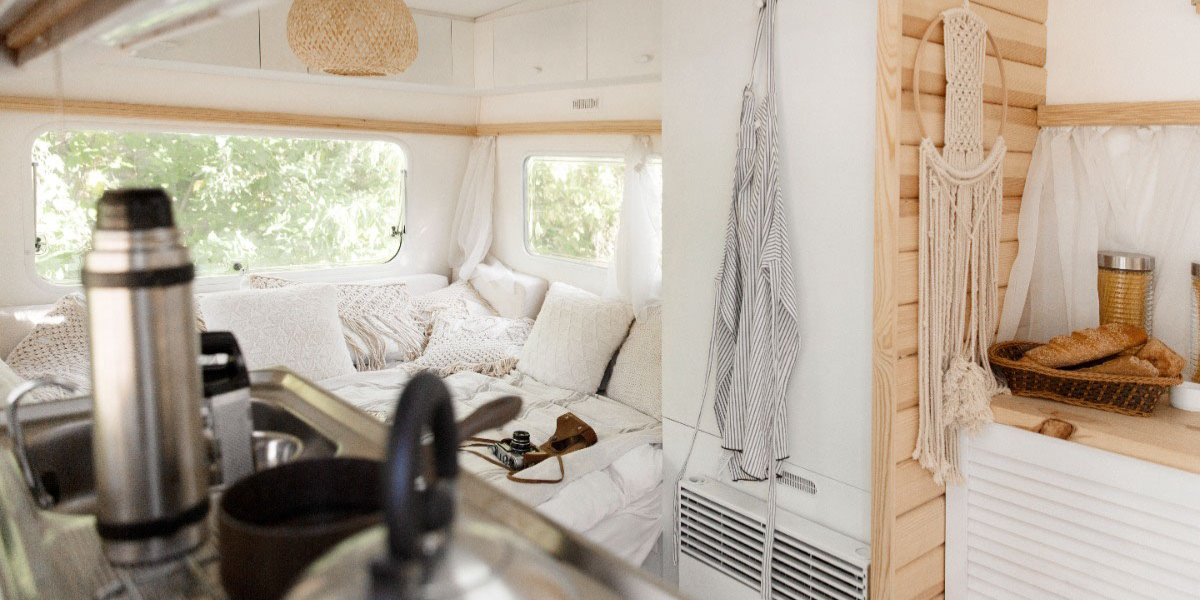Boondocking, or dispersed camping on public land without access to water or electricity, is an incredible way to experience the beauty of the United States from the comfort of your RV. What makes it even more special is that it can be done on remote land, far away from civilization, developed campgrounds, and other RVers. Whether you’re in a Class B RV or a travel trailer, you’ll be able to experience distant lands that are teeming with peace, quiet, and even wildlife. Keep in mind that smaller RVs are typically better-suited for boondocking because they can easily access harder-to-reach spaces.
If you’re seeking an ultra-private vacation that will allow you the opportunity to recharge out in nature, boondocking might be the answer. RV Trader is sharing eight of the best boondocking destinations in the U.S. below, in alphabetical order.

1. Bolivar Flats (Galveston, Texas)
If you’re looking for a pristine camping experience on the coast, Bolivar Flats is a great option. This beach near Galveston, Texas is right along the water. All you need to do is pay a $10 registration fee and get a sticker for your RV, and then you’re good to go. You can park directly in the sand and revel in the ocean views for the duration of your stay.
If you visit Bolivar Flats, one thing to keep in mind are the tides. Be careful not to park too close to the water, or your RV could flood when the tide rolls in.
2. Chautauqua Gorge State Forest (Mayville, New York)
If the forest is calling your name, check out Chautauqua Gorge State Forest in Mayville, New York. This gorgeous area spans 538 acres and is open to the public year-round. It’s also free to enter the forest and boondock there in your RV.
RVers who venture to Chautauqua Forest can go hiking, fishing, biking, cross-country skiing, snowshoeing, and wildlife viewing. With so many diverse activities to try, you won’t have to worry about getting bored without electricity.
3. Cooks Chasm (Cape Perpetua, Oregon)
The Oregon Coast is a beautiful place to boondock. Cooks Chasm, in particular, is an extremely unique area. Over time, ancient volcanic lava has been eroded by the ocean and formed caves and chasms. These are very easy to spot in and around the water. There’s even an ocean geyser, called Spouting Horn, that’s worth checking out. Overnight boondocking is free here, and the scenery will take your breath away.
4. Indian Bread Rocks Recreation Area (Bowie, Arizona)
If you’re looking for a combination of rugged mountains and vast desert scenery, Indian Bread Rocks is a great spot. In fact, it’s a rock scrambling lover’s dream. Boondocking is free for 14 days here, and the designated picnic area contains grills, picnic tables, and a vault toilet.
The gorgeous sunsets and diverse wildlife are an extra bonus at Indian Bread Rocks. Just be aware that this is a popular spot, and you’ll likely have neighbors during your stay.
5. Joshua Tree National Park (Palm Springs, California)
Joshua Tree National Park doesn’t technically allow boondocking inside the park. With that being said, there are several campsites within 45 minutes of the park that have beautiful scenic views. Some of these campsites include Giant Rock, Painted Canyon, and Box Canyon. All of these locations have different rules and regulations, so do plenty of research before you embark on your boondocking trip.
6. Nantahala National Forest (Bryson City, North Carolina)
Nantahala, the largest national forest in North Carolina, includes more than half a million acres of gorgeous woodlands. The forest contains hundreds of miles of hiking trails and ample opportunity for mountain biking and ziplining.
Boondocking is legal in Nantahala National Forest, but fees in different locations vary from free to around $20.
7. Ocala National Forest (Ocala, Florida)
Filled with lakes, rivers, and springs, Ocala National Forest is another gem that’s perfect for boondocking. There are over 100 campgrounds that can fit RVs and trailers, and there are miles and miles of trails to hike in the forest if you’re in the mood to be active.
If you plan to start a fire for cooking, be careful during dry season. One small mistake could result in a park-wide forest fire. Always keep water nearby to put out the fire if it gets too large.
8. Olympic National Forest (Forks, Washington)
As the only temperate rainforest in the lower 48, Olympic National Forest has a lot to offer. From lush greenery to rugged beaches and mountainous terrain, there’s a whole lot of nature to admire.
Boondocking is conveniently allowed inside Olympic National Forest. The most well-known and popular boondocking campsite is Forest Road 29 (FS-29 on Google Maps). The North portion of this road is better for larger RVs, such as Class A RVs, so keep that in mind.
9. Valley of the Gods (Mexican Hat, Utah)
Utah is a stunning landscape to explore, especially from the comfort of your Class C RV or other RV. The Valley of the Gods is filled with sandstone rock formations, buttes, and mesas that will leave you in awe. This area is conveniently located near the highway, and you’re almost guaranteed to catch a beautiful sunset.
10. Twin Lakes View (Twin Lakes, Colorado)
If you’re eager to find a boondocking spot for free, Colorado has plenty of beautiful sites that won’t cost you a dime. Twin Lakes View, in particular, is a great place for boondocking, kayaking, canoeing, paddleboarding, and more. The lakes look striking against the Rocky Mountains and create quite the morning view as you sip your cup of coffee.
When it comes to boondocking, there are endless incredible places to explore in the United States. This is just the tip of the iceberg. When planning your next boondocking trip, remember that rules and regulations vary. Make sure you’re aware of restrictions and fees before you head out.
If you’re ready to buy a new or used RV to kick off your boondocking adventures, check out our inventory at RVTrader.com.
